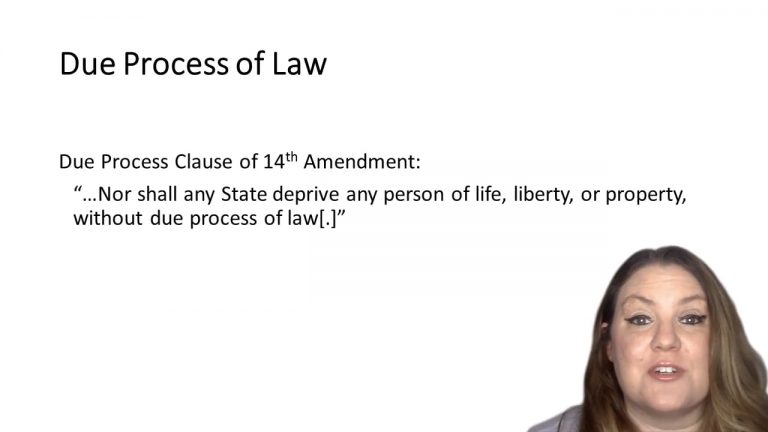SmartBrief
Confirm favorite deletion?
Criminal Law Keyed to Kennedy
City of Chicago v. Jesus Morales Et Al.
Citation:
527 U.S. 41 (1999)Facts
In 1992, the Chicago City Council enacted the Gang Congregation Ordinance, which prohibits “criminal street gang members” from “loitering” with one another or with other persons in any public place. This was a result of the council finding that the criminal street gang activity was largely responsible for the city’s rising murder rate, as well as an escalation of violent and drug related crimes.
The ordinance creates a criminal offense punishable by a fine of up to $ 500, imprisonment for not more than six months, and a requirement to perform up to 120 hours of community service. Commission of the offense involves four predicates. First, the police officer must reasonably believe that at least one of the two or more persons present in a “public place” is a “criminal street gang member.” Second, the persons must be “loitering,” which the ordinance defines as “remaining in any one place with no apparent purpose.” Third, the officer must then order “all” of the persons to disperse and remove themselves “from the area.” Fourth, a person must disobey the officer’s order. If any person, whether a gang member or not, disobeys the officer’s order, that person is guilty of violating the ordinance.
The trial court ruled that the law failed to notify individuals on what conduct is prohibited and encourages arbitrary and capricious enforcement by police. The Illinois Appellate Court affirmed, and the Illinois Supreme Court affirmed.
Only StudyBuddy Pro offers the complete Case Brief Anatomy*
Access the most important case brief elements for optimal case understanding.
*Case Brief Anatomy includes: Brief Prologue, Complete Case Brief, Brief Epilogue
- The Brief Prologue provides necessary case brief introductory information and includes:
Topic:
Identifies the topic of law and where this case fits within your course outline.Parties:
Identifies the cast of characters involved in the case.Procedural Posture & History:
Shares the case history with how lower courts have ruled on the matter.Case Key Terms, Acts, Doctrines, etc.:
A case specific Legal Term Dictionary.Case Doctrines, Acts, Statutes, Amendments and Treatises:
Identifies and Defines Legal Authority used in this case.
- The Case Brief is the complete case summarized and authored in the traditional Law School I.R.A.C. format. The Pro case brief includes:
Brief Facts:
A Synopsis of the Facts of the case.Rule of Law:
Identifies the Legal Principle the Court used in deciding the case.Facts:
What are the factual circumstances that gave rise to the civil or criminal case? What is the relationship of the Parties that are involved in the case.Issue(s):
Lists the Questions of Law that are raised by the Facts of the case.Holding:
Shares the Court's answer to the legal questions raised in the issue.Concurring / Dissenting Opinions:
Includes valuable concurring or dissenting opinions and their key points.Reasoning and Analysis:
Identifies the chain of argument(s) which led the judges to rule as they did.
- The Brief Prologue closes the case brief with important forward-looking discussion and includes:
Policy:
Identifies the Policy if any that has been established by the case.Court Direction:
Shares where the Court went from here for this case.
Topic Resources

 2m 6s
2m 6s